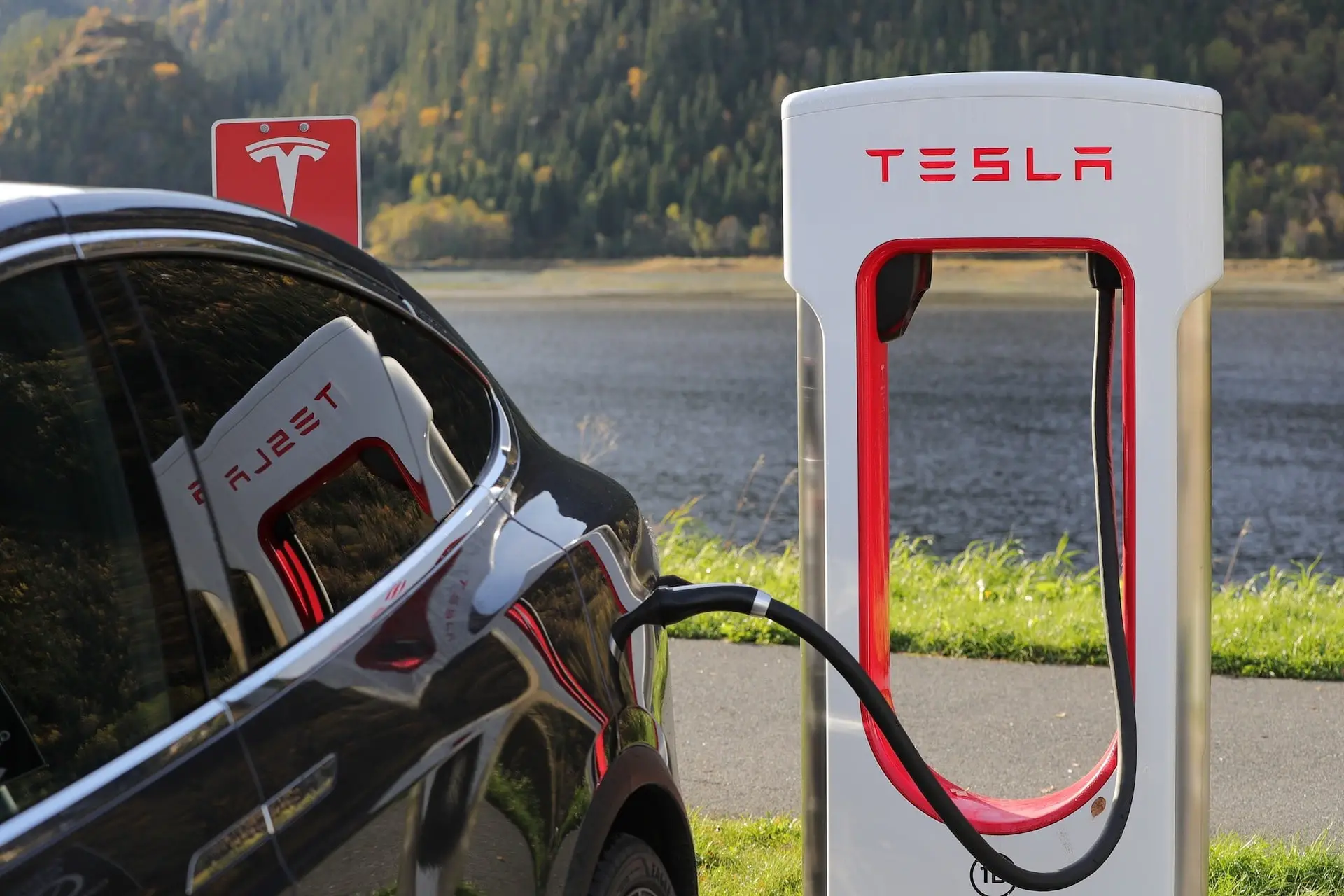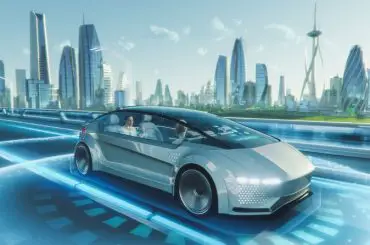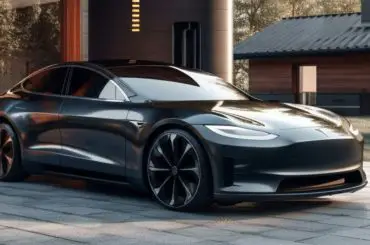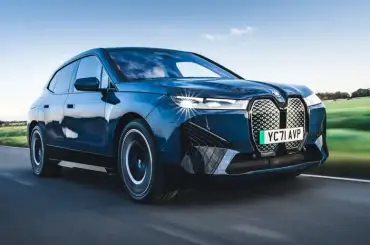The reputation of Electric vehicles.
Electric Vehicles are increasingly popular in the United States due to low-cost energy consumption and, more importantly, their clean carbon footprint. And with soaring gas prices, electric cars are a practical alternative to replace motor vehicles. Many testify that EV requires less maintenance than gasoline-powered cars.
Because EVs have fewer moving parts and no engine oil that has to be changed regularly, they assume that EV maintenance costs less. But this is a misconception. Most of its expenses are classified as repairs rather than maintenance.
Electric vehicles (EVs) are relatively much more expensive to buy. And naturally, by costing more, some highly expensive electric cars now symbolize a privileged social position and status quo. But wait. Before you are charmed by the touch screen pads, Alexa voice devices, Spotify, and the luxurious seats of a Tesla, have you ever wondered why the insurance premium of EVs is higher than gasoline-powered cars? Read on to learn the bare truths.
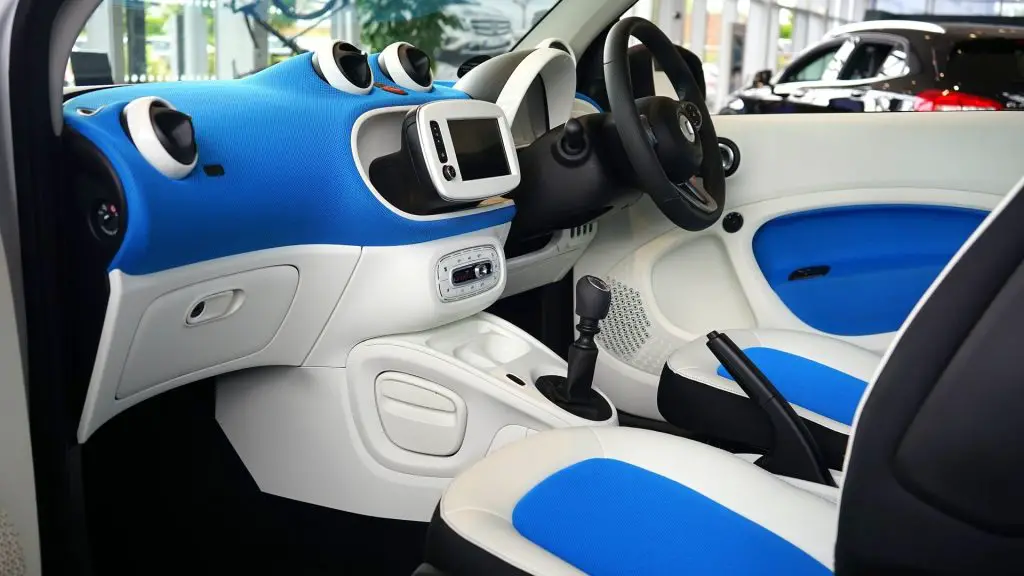
Some dark truths about electric vehicles.
- The battery of an Electric Vehicle costs more than its motor. And even if you follow guides on charging and care for the car well, you would still need to replace them every 8 or 10 years. This is stated in most EV catalogs too. A new battery can range from $5000-$10000.
- EVs are not ideal in warm climates like Texas or Florida. Warm temperatures result in batteries often requiring repair. And it is equally unsuitable for areas with extreme temperature swings. Shifts in temperature reduce the battery’s life and ability to charge correctly. In addition, cold weather conditions affect the battery’s driving range. EVs don’t have a heating engine to warm the car, so the batteries must work overtime to regulate the temperature in frigid weather conditions. So yes, this takes a toll on the batteries.
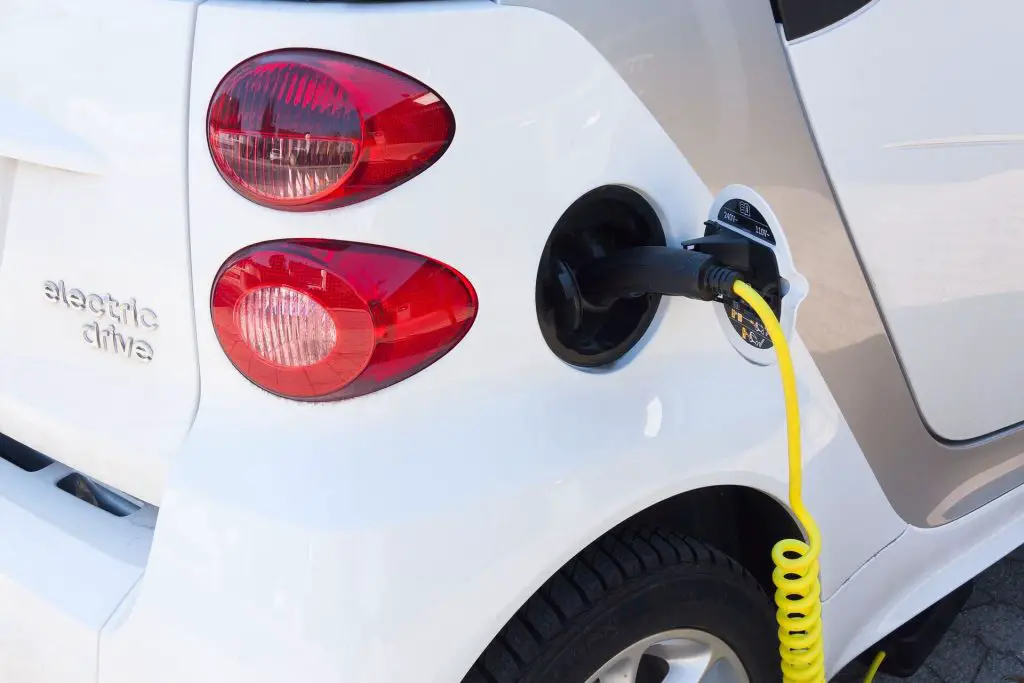
- 3. The cost of charging an EV may seem small when compared to the price of gasoline. But, on-road charging rates are high in some states. And prices are different at every station. Every charging center quotes a different price. And they have different methods of calculation, either price per watt or price per minute.
Moreover, if you are one to only charge at home overnight, you also have added cost of installing a suitable charging station. Add that to the cost of hiring a trained electrician to do the job and calculate how many liters of gasoline it equates.
- 4. Furthermore, the cost of repairing an electric vehicle is much higher than regular combustion engine cars, especially in the case of a collision. And due to being heavier than normal cars, they collide with greater momentum.
According to an article in Forbes, an EV costs roughly 27% to 53% higher than internal combustion cars.
- 5. The cost of servicing is also higher due to the scarcity of EV parts. Compared to standard combustion cars, EV is modern and evolving; therefore, they have fewer auto mechanics who charge higher than usual. Most often, EV owners are forced to the dealer’s service department for repairs.
New equipment and training are also being introduced for auto mechanics of EVs. This means they would need time to get used to the new routine.

- 6. EV registration fees in most states in the U.S are higher than normal vehicles. This is because regular combustion vehicle drivers have to pay gas tax which EV owners are exempted from. But this has resulted in states increasing their registration fees to compensate for the lost taxes.
- 7. Spray painting EV takes a longer time as it has to be removed and re-installed before painting. Again, time is money.
- 8. Since batteries make EVs heavier than internal combustion cars, they use lighter and more expensive materials to build the car’s body. So again, replacing it costs more money.
- 9. General maintenance of EVs might be lower than gasoline-powered ones but replacing its tires cost much more. Not only do that, but they also wear out faster because EVs are heavier. Most EV drivers use their cars for racing which causes the tires to wear out faster.
- 10 . Last but not least, EVs like Tesla requires to have add-ons that you have to pay in order to unlock. This includes self-driving technology and acceleration boosts that don’t come in standard EVs. So this means that you have to pay an extra several thousand dollars to unlock these features.
Weigh the pros and cons
Despite all the disadvantages listed above, the trend of Electric Vehicles is steadily increasing. Perhaps engineers will come up with solutions to the issues that plague EVs in the near future. Electric Vehicles are already integral in smart living spaces. It could possibly be the future of automobiles.
As Brian Deese said, “Technological breakthroughs in energy storage will make renewable power cheap enough to use in more places and accelerate the move to electric cars and other electric transportation systems.”
Always weigh the pros and cons of EVs before purchasing. EVs can be more eco-friendly and save you on gas, but many more expenses come hidden. Do your research and choose the best EV model to suit your circumstances and the one with the best service available. It would be smarter to choose a vehicle keeping all long-term circumstances in mind rather than falling for smart car trends.

